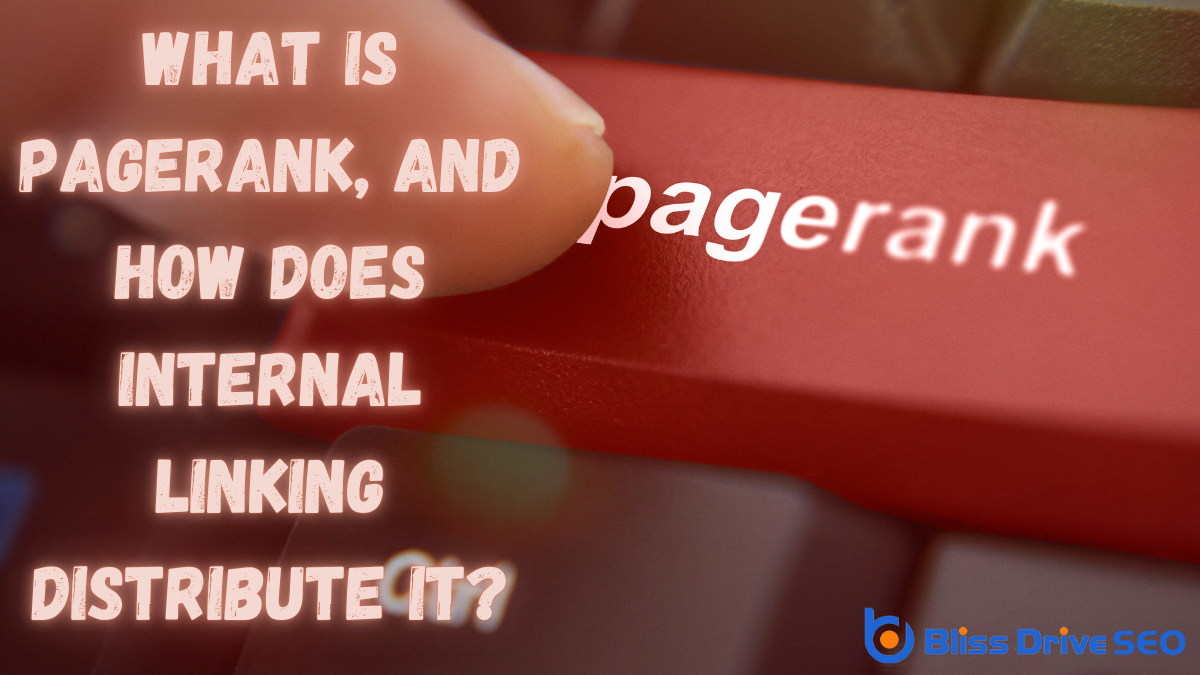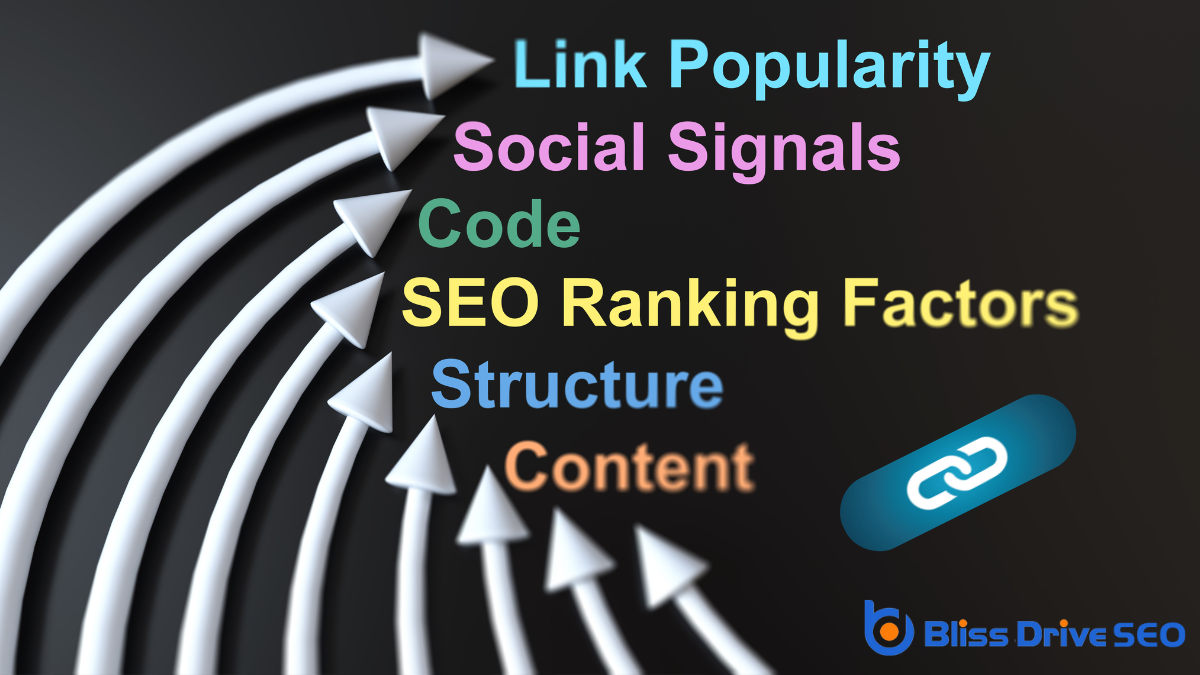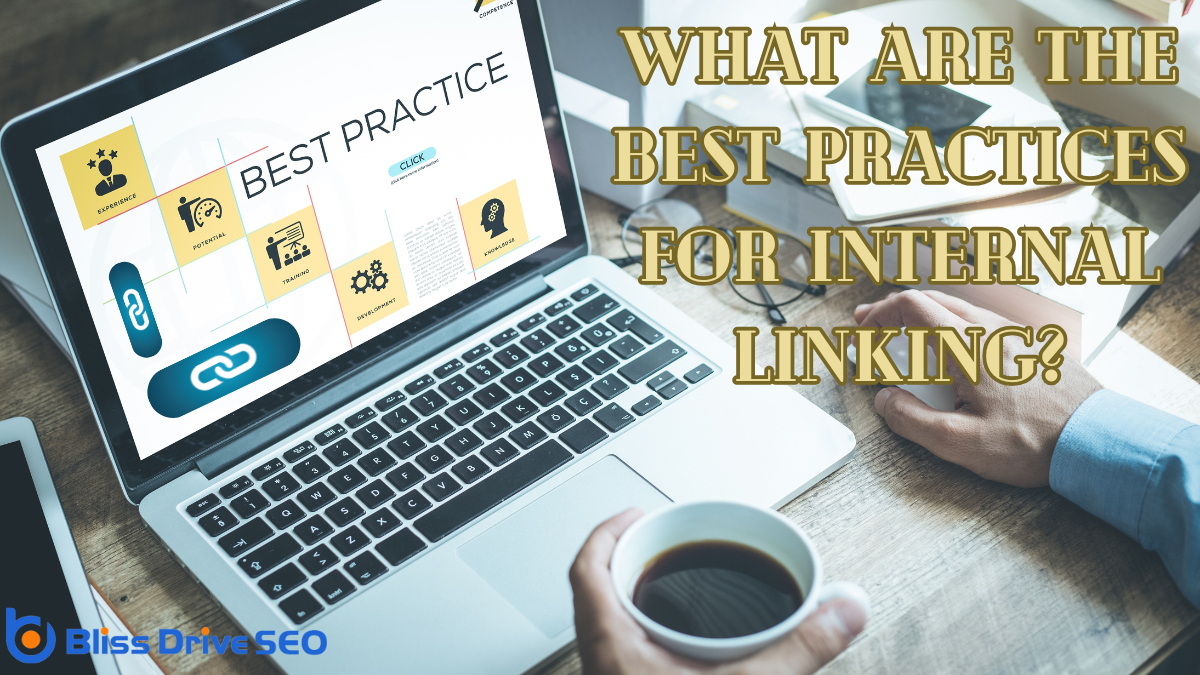Digital Marketing Services
Learn More About Us

You're probably curious about how Google decides which web pages deserve the spotlight. It all boils down to PageRank, an algorithm that evaluates the importance of pages based on links. But here's the thing—internal linking on your website can greatly influence this. By strategically connecting pages, you not only boost their visibility but also guide search engines. Ready to discover how this can enhance your SEO strategy?
Although it might seem complex at first, understanding the basics of PageRank is vital for anyone involved in SEO.
You might wonder what PageRank actually does. Imagine it as a way to measure the importance of web pages based on the quantity and quality of links they receive. Google uses it to help rank pages in search results.
The idea is simple: more important pages are likely linked to by other important pages, therefore earning a higher PageRank.
As you dive deeper, remember that PageRank isn't just about the number of links. It also considers the significance of the linking page. This means that a link from a high-authority site holds more weight than multiple links from lesser-known pages.
Understanding this concept is vital for improving your site's visibility.

When it comes to PageRank calculation, links play a pivotal role in determining a page's importance. Each link to a page is like a vote, showing that the content is valuable or credible.
But not all links are equal. Links from high-authority pages carry more weight, boosting your page's rank more effectively. Imagine links as pathways; the more pathways leading to your page, the higher its perceived importance.
Additionally, the context and relevance of the linking page matter. A link from a similar nicheA specific segment of the market targeted by affiliates to promote products or services. site can enhance your rank more than one from an unrelated source.
You should focus on acquiring quality links that naturally fit within your content's context. This strategic linking can greatly influence your page's visibility in search results.
When you're thinking about how PageRank flows through your website, internal links play an essential role.
A well-organized link structure guarantees that PageRank is distributed effectively, boosting the visibility of key pages.
Pay attention to how you connect your content, as it directly impacts your site's overall search engine performance.
Understanding how PageRank flows through a website is vital for optimizing internal linking strategies.
Internal links play an important role in this process by connecting pages within your site. When you link one page to another, you're fundamentally sharing PageRank between them.
This sharing helps search engines understand the importance and relationship of your content.
As you build your internal linking strategy, the structure of your links directly impacts how PageRank flows through your website.
Think of your site as a network of interconnected paths, where each link helps guide PageRank from one page to another. To maximize the flow:
You'll find that internal linking is essential for boosting your site's page authority and improving its SEO performance.
It enhances user navigation by guiding visitors smoothly through your content, keeping them engaged longer.
Plus, internal links help spread link equity across your pages, giving each a better chance to rank higher in search results.
While many SEO strategies focus on acquiring backlinksLinks from other websites pointing to your website, crucial for SEO. from external sources, don't underestimate the power of internal linking in boosting your page authority.
Internal links play a vital role in distributing PageRank across your site, making each page more valuable. Here's how it works:
Beyond boosting page authority, internal linking plays a pivotal role in enhancing user navigation across your website. When you strategically link pages, you guide visitors seamlessly through your content, making it easier for them to find what they're looking for. This not only improves user experience but also keeps visitors on your site longer.
Think of internal links as a roadmap for your users. Each link serves as a signpost, directing them to related topics or additional information they might find valuable.
Internal linking is a powerful tool in your SEO arsenal because it spreads link equity across your website. This distribution helps enhance your site's authority and improve search engine rankings.
Imagine your website as a garden. Each internal link acts like a path that guides visitors and search engines to discover your content.
Here's how it benefits you:
Utilize internal links strategically for best results.

Creating a robust internal linking strategy is vital for enhancing your website's search engine performance and user experience. First, prioritize linking to relevant content by using descriptive anchor textThe clickable text in a hyperlink, important for SEO as it provides context for the linked page.. This helps search engines understand connections between pages and improves user navigation.
Keep your site's structure logical; a well-organized hierarchy guarantees important pages aren't buried. Don't overdo it—too many links can confuse users and dilute PageRank. Focus on quality over quantity.
Regularly update your links to avoid broken paths, which can frustrate users and hurt SEO. Additionally, link to new content from older, high-traffic pages to boost visibility.
Finally, maintain a consistent linking pattern across your site to establish a reliable framework. These best practices will enhance your site's effectiveness and authority.
How can you effectively measure the impact of your internal linking strategy on PageRank distribution? By leveraging the right tools, you can gain valuable insights into how PageRank flows through your site.
Here are four tools to help you analyze PageRank distribution:
These tools can greatly enhance your internal linking strategy.
While internal linking is a powerful tool for enhancing your site's SEO, common mistakes can undermine its effectiveness. One frequent error is overusing exact-match anchor text. It can appear unnatural to search engines. Instead, use varied, descriptive text that fits naturally within your content.
Another mistake is linking to irrelevant pages. This confuses users and dilutes the link equity passed to important pages. Always make sure links are contextually relevant.
Additionally, some overlook the importance of fixing broken links. These create a poor user experience and waste PageRank. Regularly audit your site to identify and repair them.
Finally, don't forget to link to new pages. This helps them get indexed faster and spreads link equity evenly across your site.
By understanding PageRank and leveraging internal linking, you can greatly boost your site's SEO. Focus on creating a strategic internal link structure to guarantee PageRank flows smoothly across all pages. This not only enhances visibility but also guides search engine crawlers efficiently. Use tools to analyze your PageRank distribution and avoid common mistakes. Implementing these best practices will maximize your site's potential, ultimately improving its search engine ranking and user experience.
